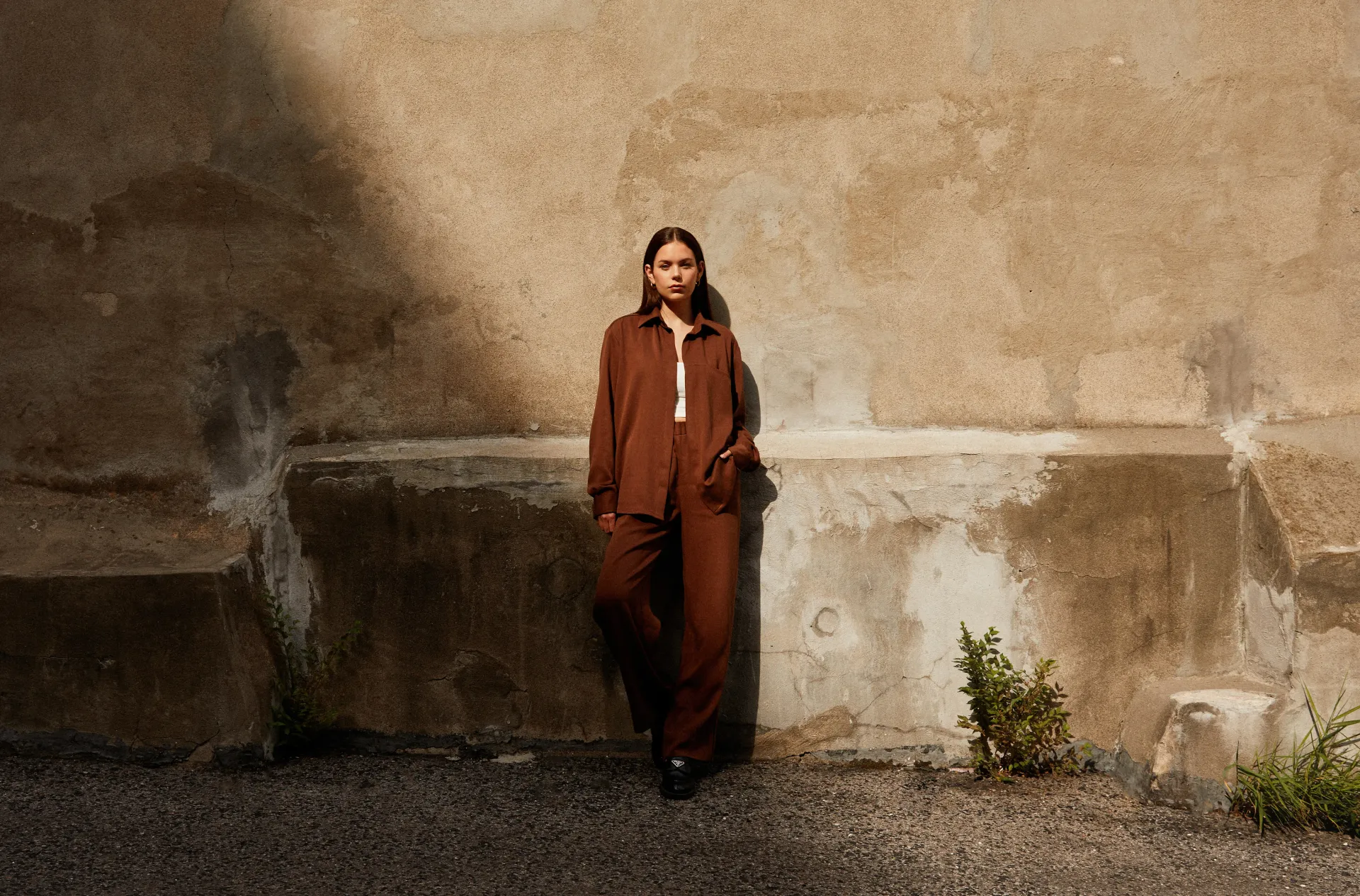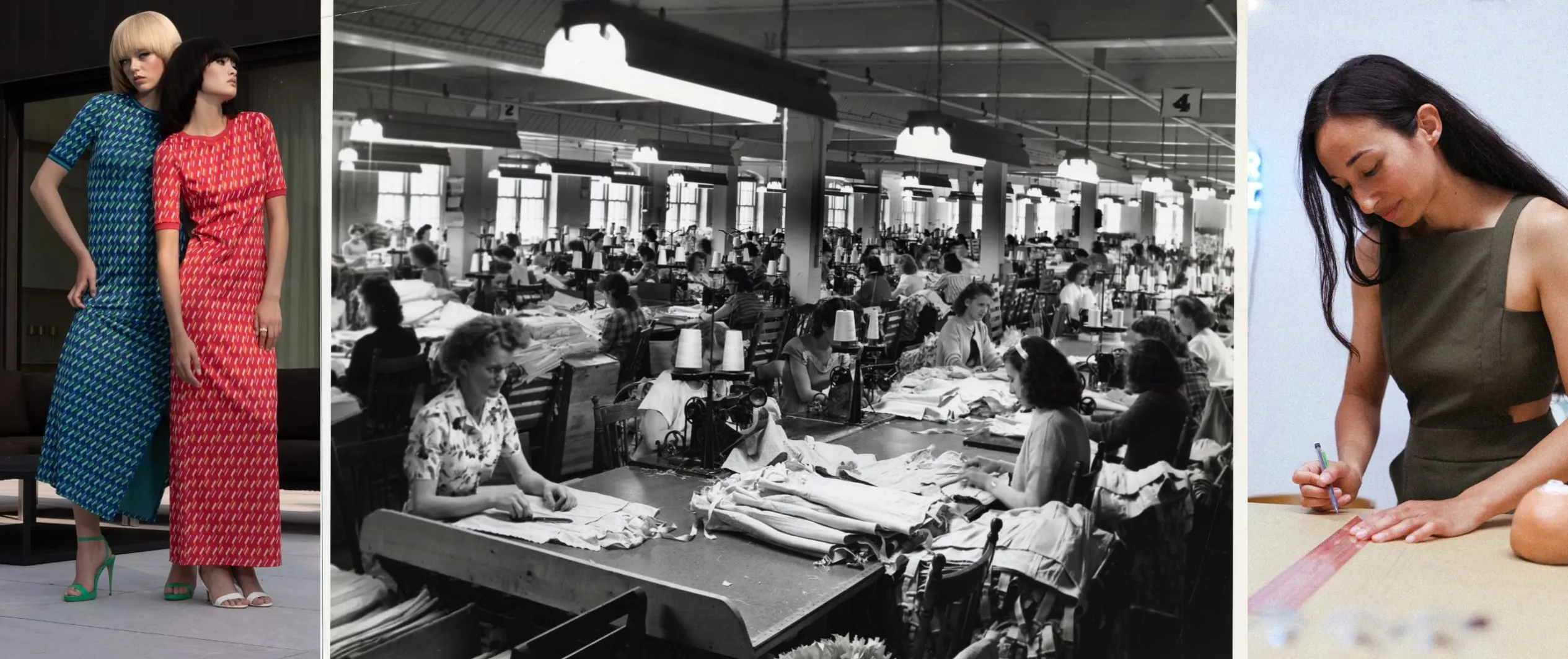
District Central: The Story of an Innovative Neighborhood
By Angèle Simon
Once nicknamed the "Garment District" of Montreal, District Central is now a forward-thinking and innovative area, home to around 2100 businesses. From textiles to agriculture and technology: here is its story!
The History of District Central: Past
Wheat, Streetcars, and Cartridges
The history of the neighborhood dates back a long time. From the arrival of colonizers on the island of Montreal in the 17th century, the area became known for its fertile soil. Covered with fields, the neighborhood was used by farmers to produce grains such as wheat. Starting in the 20th century, industries began to settle in the area and greatly contributed to Montreal's economic growth. Among the notable establishments were the Ateliers d'Youville, which have maintained the city's streetcars since 1907. During the industrial era, about 300 people worked there.
With the arrival of World War I and II, the workshops gave way to cartridge manufactures like Montreal Works, employing over 9,000 female workers until 1945. Women now had a place in the workforce and would play a very important role in Montreal's economy in the years to come.
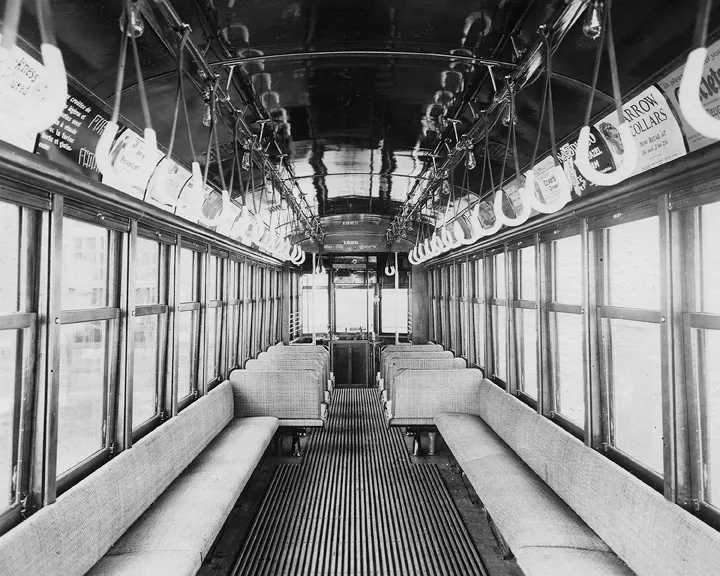
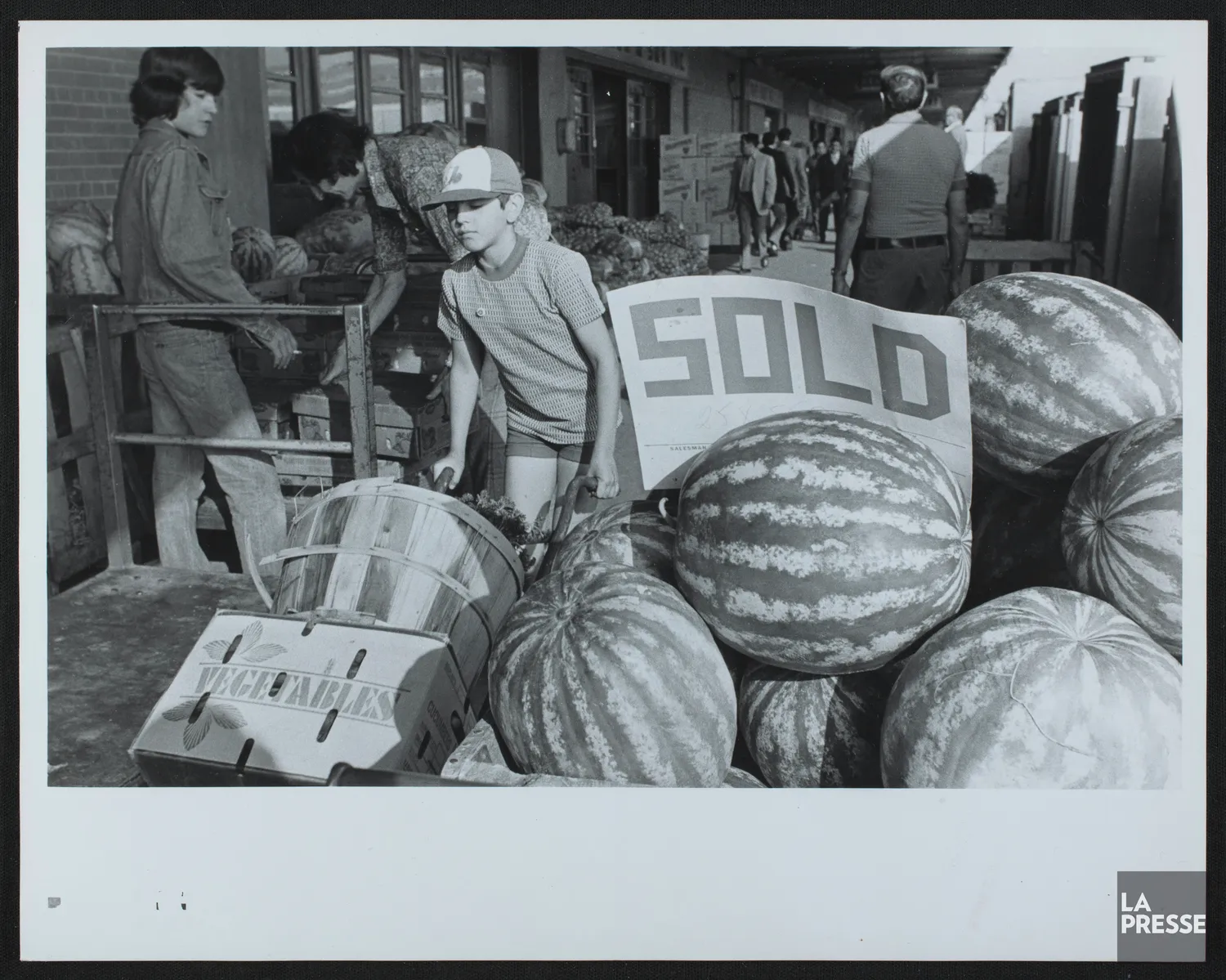
The Garment District
The 1950s marked a period of transformation for the neighborhood, as the city of Montreal was bustling with activity. Market gardeners no longer had enough space to display their fruits and vegetables at Bonsecours Market, prompting a move to the neighborhood. This led to the creation of a major commercial hub: Marché Central.
Just a few blocks away, the textile industry also took root, contributing to the city's prominence for many years. After initially settling in the Lachine Canal area in 1850 and then in Hochelaga, the textile industries finally found a place with enough space for machinery and labor. Nicknamed the "bout de la guenille" and later the "Garment District" the sector experienced significant growth and became home to companies that are still present today. From hats, wedding dresses, and stockings to threads, you could find everything in the Garment District! Founded in 1926, Reitmans remains in the neighborhood, alongside companies like Rudsak (1994) and Maison Marie Saint Pierre (1997).
For many years, the workforce in the textile and clothing factories was predominantly composed of women. Thousands of seamstresses worked in the Garment District, advocating for their rights and working conditions. They played a significant role in the province's economic growth, and their influence is still felt in the neighborhood.
As with the rest of North America, the textile industry in the area began to decline starting in the 1990s. Production was outsourced to China, where raw materials and labor were much cheaper. Many factories on Chabanel Street closed, leaving thousands of workers unemployed.
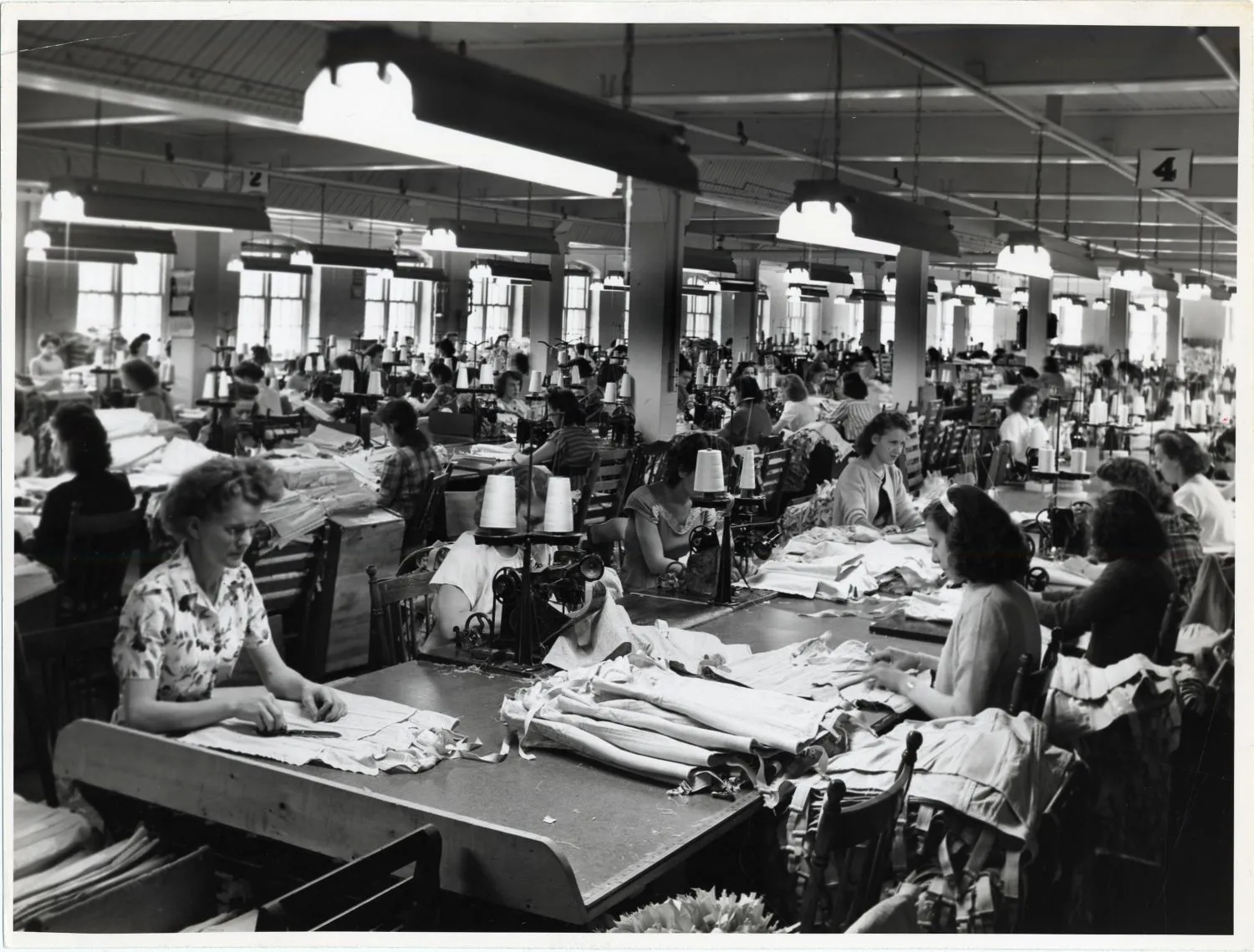
The History of District Central: Today
A Rich Heritage
Steeped in history, the legacy of the District Central neighborhood is still evident today, from the buildings to the names of streets and public places. Several murals also pay tribute to personalities who contributed to the neighborhood's vibrancy. The "femmes d’acier" mural honors the immigrant seamstresses who worked in the textile industries of the Chabanel sector in the 1960s. There's also Place Iona Monahan, named after the renowned fashion journalist who helped put Quebec fashion on the global map.
A Revival
During the 2000s, various stakeholders in the sector came together to revitalize the neighborhood. Fashion companies gradually regained their place, and initiatives multiplied, particularly with the arrival of the Société de développement commercial (SDC) District Central in 2016. The SDC continues to contribute to the neighborhood's revival and to position District Central within Montreal's economic ecosystem. Hélène Veilleux, the executive director of SDC District Central, confirms that an increase in textile-related businesses has been observed in the Chabanel area in recent years. Around 70 new fashion companies have joined the neighborhood since 2022.
" In Montreal, District Central is where the most textile businesses are located. "
Both small independent designers and large fashion companies find their place here. Whether it's a small workshop like Ysaline’s studio, founder of the brand 1ER MAI, or a dream office like SSENSE, the neighborhood offers a wide range of options to meet all needs.

The SDC District Central quickly took action and implemented a plan to make the neighborhood more dynamic, inclusive, and welcoming. Thanks to various partners, the neighborhood has seen the emergence of green spaces, gathering spots, community gardens, and even offers a cultural program that attracts many people, such as during the Air Commune evenings or the yoga lunch sessions. The programming for August has been released and promises to be vibrant, with a multitude of workshops organized for residents and workers from the area and beyond.
Today, District Central is home to three major business hubs: design, urban manufacturing, and technology. Forward-thinking companies are establishing themselves here, contributing to the growth of the neighborhood and the city of Montreal. Approximately 500 fashion companies are currently located in the area. Fashion remains a strong presence in the neighborhood and shows no signs of moving away!
The History of District Central: Tomorrow
Innovative, creative, and inclusive, District Central has already made significant progress in its revitalization project but is far from finished. Featured in 11 planning documents of the city of Montreal and the Ahuntsic-Cartierville neighborhood, as well as in the Montreal Urban and Mobility Plan 2050, the area has a promising future! By 2040, District Central aims to become the greenest neighborhood in the city by increasing biodiversity, reducing heat islands, and creating stimulating living environments.
Even today, the impact of District Central on the Quebec fashion industry remains significant for both independent designers and established companies. Accessible and at the heart of the action, the Garment District has a rich history and a bright future.

Invitation: Exposition photo en collaboration avec M.A.D. Collectif et District Central
To highlight the neighborhood's heritage and innovations, M.A.D. Collectif and the SDC District Central collaborated on a photo exhibition by photographer Sylvain Blais. The exhibition features renowned Montreal designers such as Brielle, Marie Saint Pierre, Wiwa, 1ER MAI, Nadya Toto, and Milo & Dexter. It explores the past, present, and future of District Central through its selection of iconic locations and visionary photographic effects.
Don't miss this event from August 22 to 25, 2024, at Quartier des spectacles during the M.A.D. Festival!
M.A.D. Shoppe at District Central
Many designers featured on the M.A.D. Shoppe platform have their workshops in various sectors of District Central. Their location promotes collaborations and accessibility to raw materials.

1ER MAI
1ER MAI is a streetwear brand launched in 2021 in Montreal, which uses recycling to create graphic and functional clothing inspired by workwear and countercultures. Ysaline’s creations are made to order in her workshop on Chabanel Street.

Milo & Dexter
Born in the heart of the Chabanel sector, Milo & Dexter embodies classic style and Canadian heritage by using organic cotton and Canadian wool to produce high-quality clothing through local craftsmanship.


Pop Underwear
Founded in 2019 by Jessika and Vahiné, Pop Underwear offers comfortable and fun underwear that caters to all genders, ages, ethnicities, and body types, ensuring everyone feels radiant at all times.
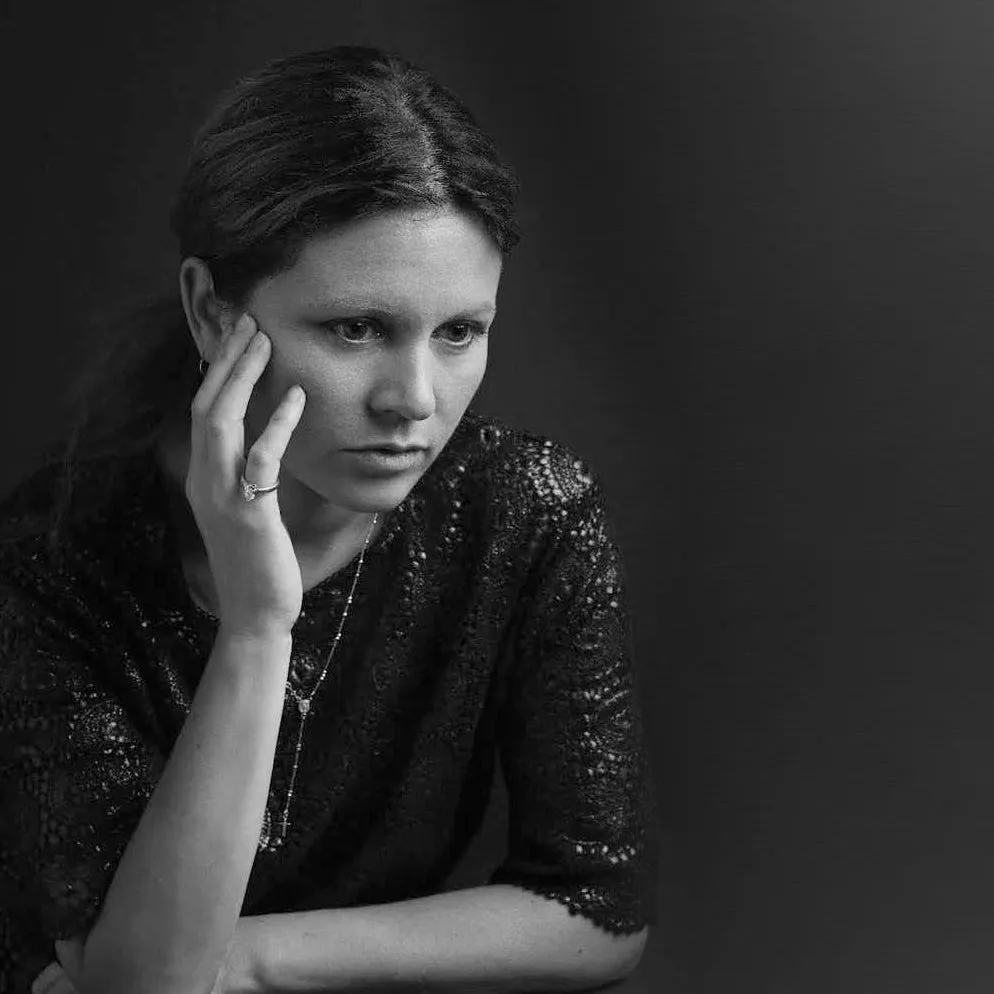
Nadya Toto
Nadya Toto, an Italian-born ready-to-wear designer since 1989, offers a sophisticated and minimalist style that celebrates femininity. Her collections are distributed in Canada and the United States and have been worn by personalities such as Angelina Jolie and Joannie Rochette. Her workshop is located in the Acadie sector of the Central District.


